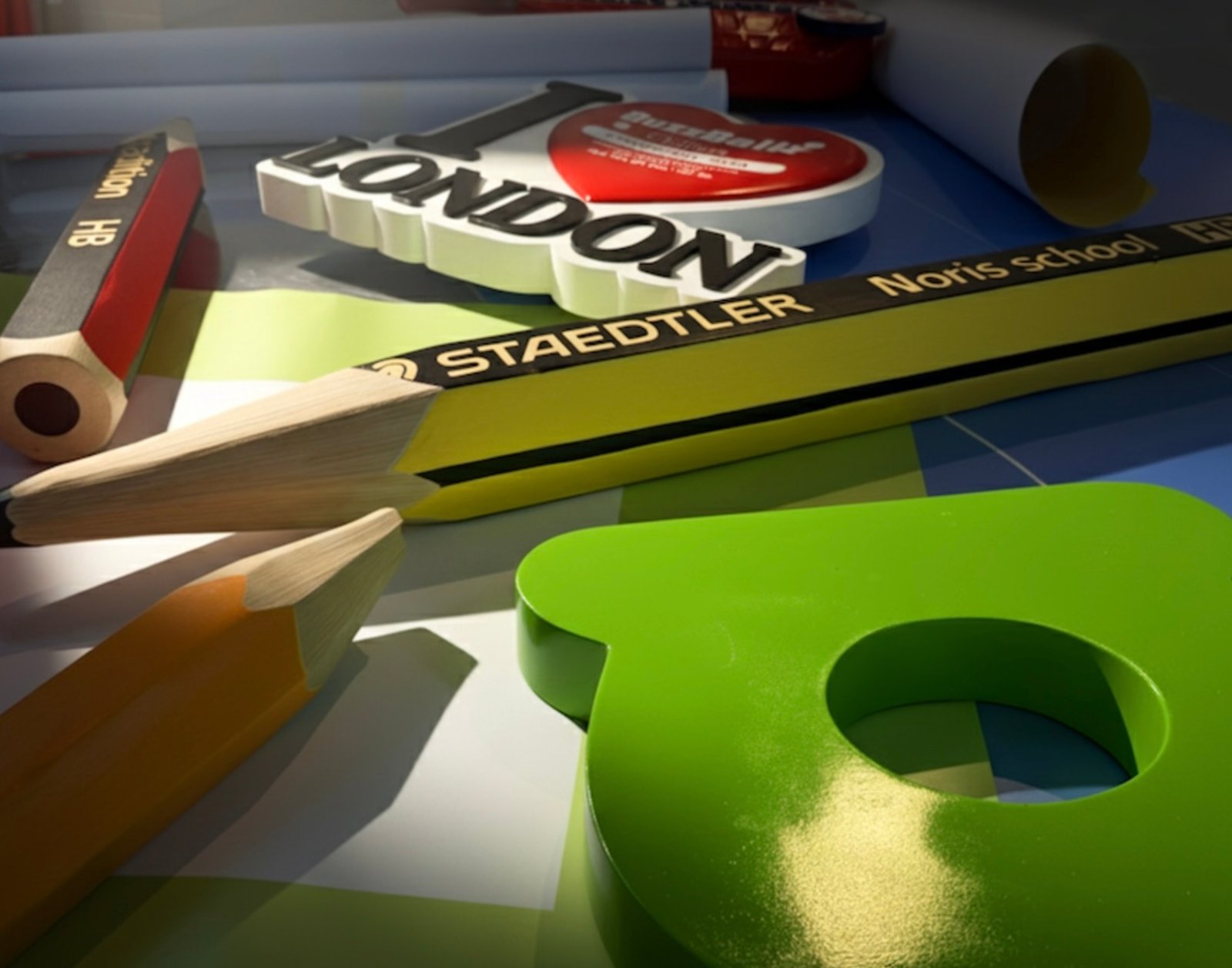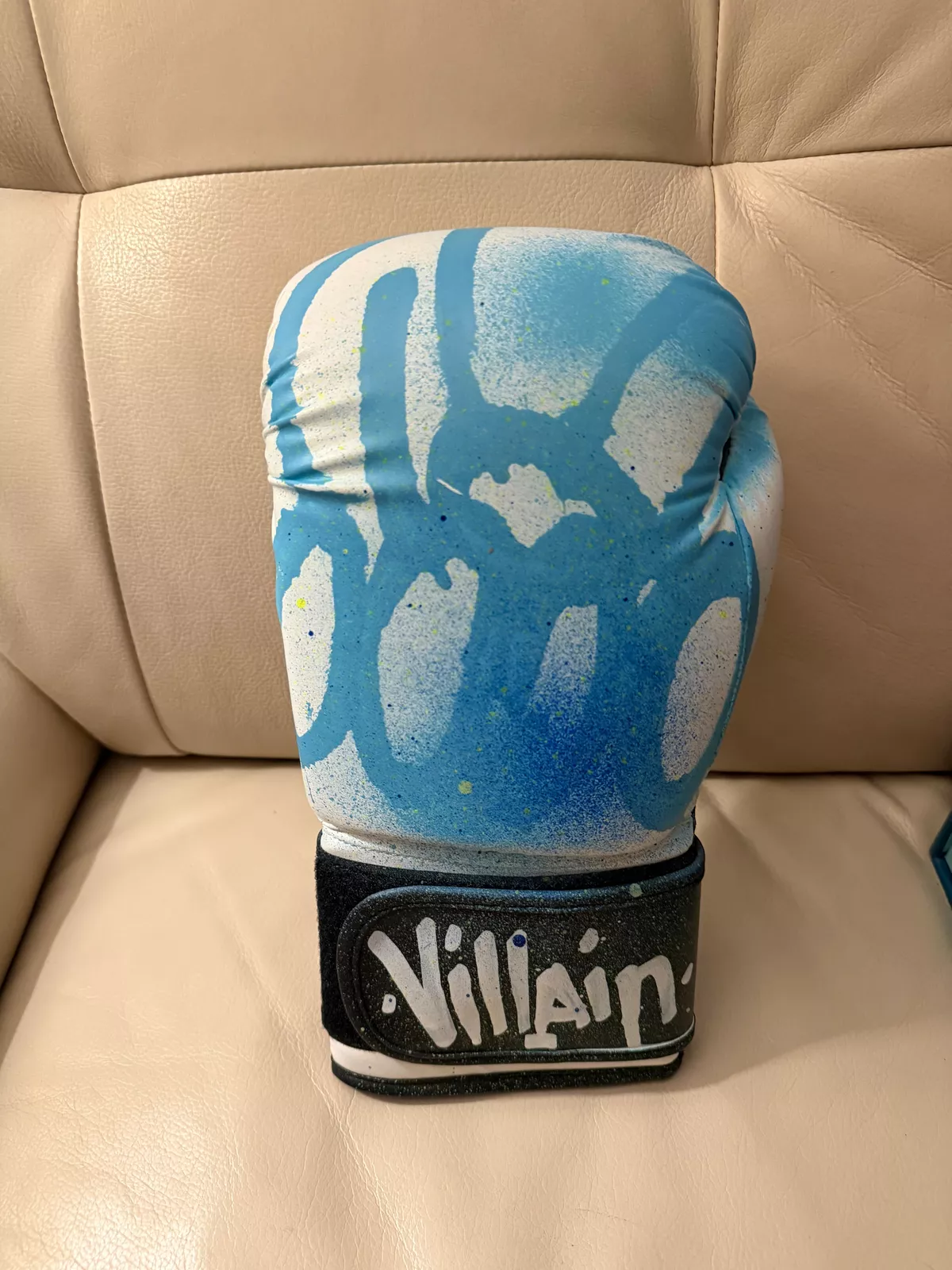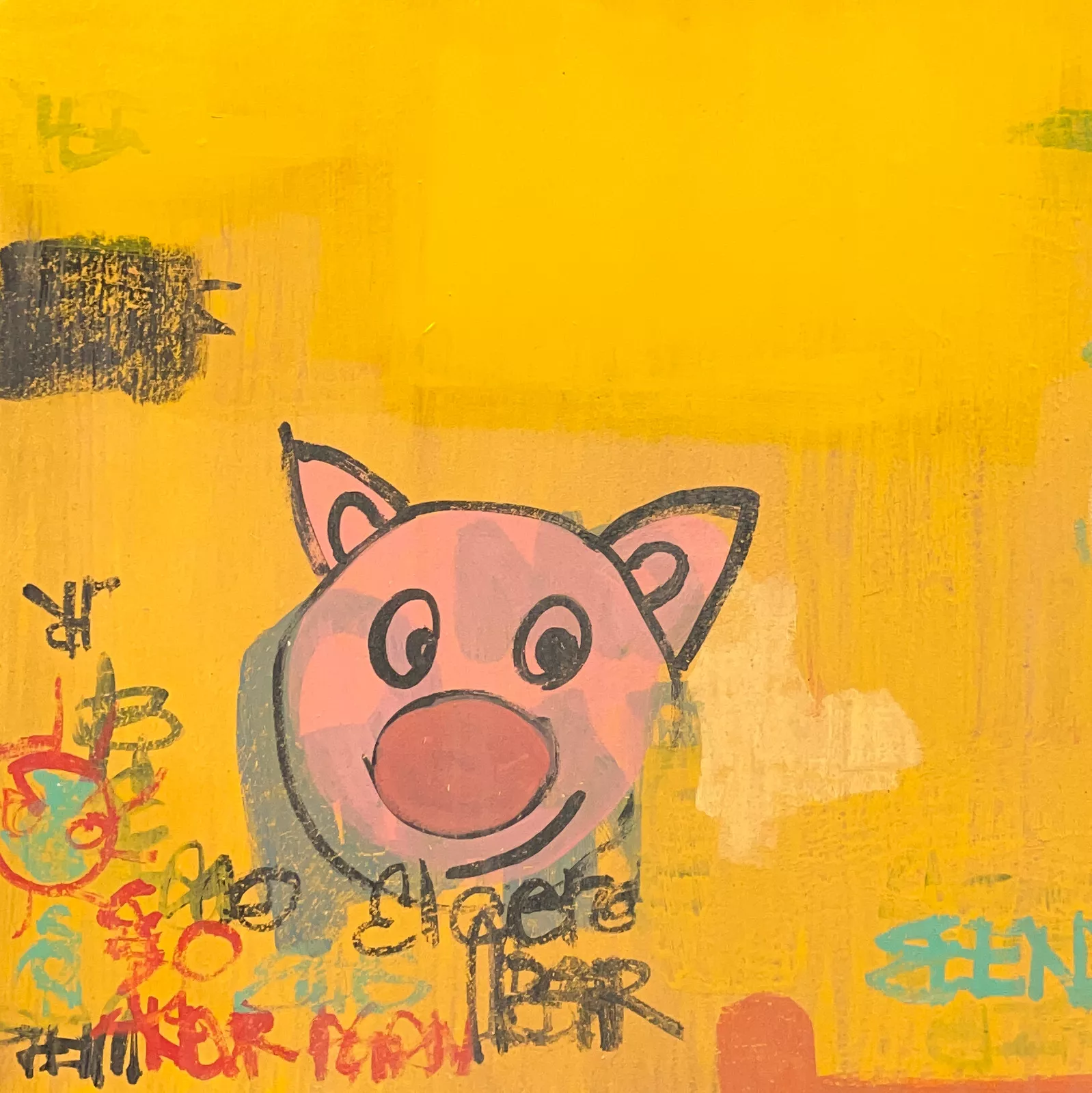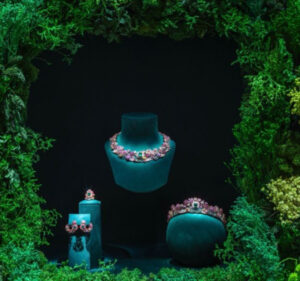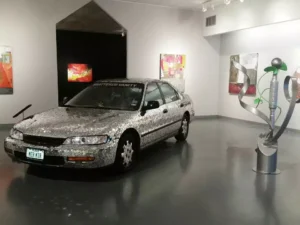“I aspired to make paintings that were awkward and monstrous, boring and familiar.” —Art Green
On April 14, 2025, Art Green—the legendary co-founder of the Hairy Who and a seminal figure in the Chicago Imagist movement—died at the age of 83. His passing marks not only the end of a singular creative journey but the fading of a midwestern avant-garde spirit that challenged the polished dominance of East Coast Pop Art with something grittier, stranger, and undeniably more human.
Green’s death was announced by Garth Greenan Gallery in New York, which had long represented his work. For many, he was the last of a rebellious visual generation that found poetry in comic strips, profundity in ice cream cones, and a fierce visual logic in the illogical. In a career spanning six decades, Green created paintings that felt like encrypted dreams, richly layered with pop-cultural references, surrealist contradictions, and architectural hallucinations.
Midwestern Origins, Metaphysical Inclinations
Born in Frankfort, Indiana, on May 13, 1941, Arthur Green grew up in a postwar America defined by railroad towns, car culture, and soda-fountain optimism. His father, a self-taught railroad engineer, and his mother, a quilter, gave him both mechanical rigor and pattern-based intuition. This unlikely fusion—technical geometry on one side, domestic abstraction on the other—would echo throughout his work in later decades.
Initially inclined toward industrial design, Green enrolled at the School of the Art Institute of Chicago (SAIC). But a lack of classes in his chosen major led him to painting, where he graduated in 1965. His early work leaned toward Abstract Expressionism, the then-dominant style, but a personal epiphany came in the museum galleries just floors above his classrooms. There, Green encountered the work of René Magritte and Giorgio de Chirico. The metaphysical backdrops and illogical juxtapositions of these European surrealists offered him an entirely different model—one not rooted in gestural angst, but in conceptual paradox.
The Hairy Who: A Sideshow Revolution
In 1966, just a year after graduation, Green—along with James Falconer, Gladys Nilsson, Jim Nutt, Suellen Rocca, and Karl Wirsum—staged an exhibition at the Hyde Park Art Center. Lacking any formal group identity, the artists riffed on an overheard comment about artist Harry Bouras and dubbed themselves the Hairy Who. What began as a local joke became a national tremor.
Unlike the cooler, irony-drenched Pop Art emerging from New York via Warhol, Rosenquist, or Lichtenstein, the Hairy Who embraced a garish, handmade irreverence. Their palette was loud. Their compositions crowded. Their figures grotesque and comical. They turned their backs on art world decorum and instead mined the vernacular of comics, advertisements, erotica, and thrift store flotsam.
For Green, the Hairy Who was a formative crucible. Though his work would grow more architectonic and hallucinatory than his peers’, the group’s DIY ethic and irreverence never left him. He once noted, “We didn’t set out to be a movement. We just had the same bent for images that would hit you in the eyes.”
Visual Logic and Surrealist Systems
Green’s work can be read as an obsessive inquiry into representation as illusion, distortion, and memory. Ice cream cones, disembodied fingernails, stockings, zippers, architectural fragments—these were not mere kitsch signifiers but formal devices, recurring in compositions that fused cartoon logic with metaphysical spatial constructions.
His 1976 work Allowable Deduction, for example, shows a vividly impossible space—layers of wooden surfaces intersected by bands of color, visual puns, and interlocking pictorial codes. The painting, like many of Green’s best, reads like a Rube Goldberg machine of perception—a visual puzzle inviting the viewer not just to look, but to un-code.
Critics often compared his visual systems to Magritte and de Chirico, but also to Piranesi’s prisons and the visual architecture of Escher. Yet Green’s tone was more playful. In his hands, illusion became not just a trick, but a way of testing the boundaries between nostalgia and unease, beauty and absurdity.
Color, Pattern, Dislocation
Color in Green’s work was never incidental. It was used strategically to both attract and repel—to amplify tension between foreground and background, figure and void. Pattern, too, was a kind of obsessive mapmaking. Some works feel like exploded blueprints, others like over-saturated instructional diagrams for machines that don’t exist.
Perhaps more than any of his Imagist peers, Green leaned into dislocation. His spaces rarely obeyed conventional perspective. They were cubist in their geometry, surrealist in their logic, and distinctly midwestern in their textures—paneling, vinyl, carpeting, linoleum. His paintings always looked like they belonged in a place where the past never fully gave way to the future, where domestic kitsch merged with psychic drama.
From Chicago to Canada
Though he was a core figure in the Chicago art world of the ’60s and ’70s, Green relocated to Canada in the 1980s. He settled in Toronto and began teaching at the University of Waterloo, where he remained for over three decades. There, far from the growing commercialism of the American art market, Green continued to build complex, demanding work—paintings that challenged viewers and critics alike to look harder, longer, deeper.
His life in Toronto was quieter but no less productive. He painted daily, maintained a rigorous studio practice, and mentored generations of artists. His works during this period became even more intricate—more architectural, more spatially layered. He had, by this point, become a cartographer of illusion.
Legacy and Recognition
While the Hairy Who remains a cult phenomenon—beloved in the Midwest, oft-overlooked in global art histories—Green’s individual contributions have received growing recognition in recent years. His work has been collected by the Museum of Contemporary Art Chicago, the Smithsonian American Art Museum, the Art Gallery of Ontario, and the Whitney Museum of American Art.
The 2015 exhibition The Chicago Imagists: 1966–1973 at the DePaul Art Museum reignited interest in his contributions, as did Garth Greenan Gallery’s 2020 solo show That’s Not the Way It Should Be. In these exhibitions, viewers encountered paintings that felt as fresh—and as unclassifiable—as when they were first made.
Despite his distance from art-world capitals, Green’s influence persisted, especially among painters resisting the cool sterility of minimalism or conceptualism. For many, Green proved that visual pleasure and intellectual rigor were not mutually exclusive—that a painting could seduce, confuse, amuse, and provoke all at once.
Final Days, Enduring Questions
Art Green continued working until the end. Even in his 80s, he was revisiting old compositions, sketching new spatial puzzles, and reactivating past motifs. His Toronto studio remained a wonderland of visual echoes—unfinished canvases beside decades-old clippings, diagrams pinned to walls, early Hairy Who ephemera stacked near newer digital renderings.
To the very end, he remained a painter of paradoxes—a dreamer with a draftsman’s hand. His paintings were not merely images but ideas suspended in pigment. They asked: What happens when you combine the absurd and the academic? Can surrealism wear work boots? Can beauty be awkward?
Impression
Art Green’s legacy is a defiant one. In a world often eager to smooth out strangeness and polish away contradiction, he embraced the clunky, the excessive, the baroque. He understood that vision is not always elegant—it is cumulative, chaotic, and at times hilariously monstrous.
Through hallucinogenic spatial logic, consumer iconography, and architectural absurdity, Green built a body of work that will remain unresolved in the best way. His paintings resist closure. They reward multiple viewings. They haunt, humor, and perplex.
Green once said he wanted to make images that “hit you in the eyes.” But his best works did more than that. They got in your head. They made you rethink what painting could do—what it could contain, and what it could crack open.
Art Green is gone, but the puzzle persists. And like all the best ones, it’s meant to be unsolved.
No comments yet.


